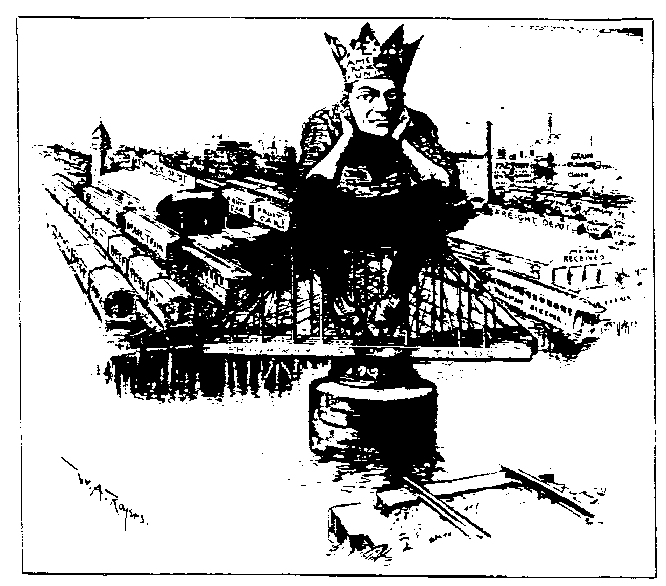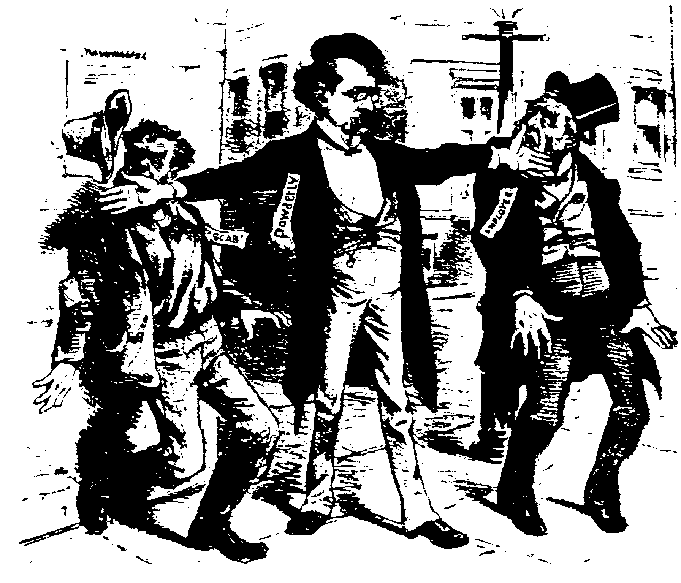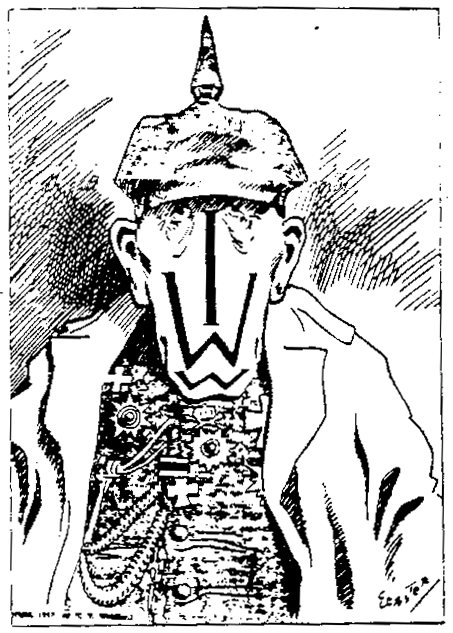Document A
"(this strike is)...a war against the government and against society...
|
Document B
MOB IS IN CONTROL
|
Document C
UNPARALLELED SCENES OF RIOT, TERROR AND PILLAGE |
Document D
"The situation tonight is more alarming than at any time since the trouble began. War of the bloodiest kind in Chicago is imminent, and before tomorrow goes by the railroad lines and yards may be turned into battlefields strewed with hundreds of dead and wounded. Lawlessness of the most violent kind was the order of things today... Chicago was never before the scene of such wild and desperate acts as were witnessed today and tonight... tonight it came to the knowledge of the Federal authorities here at the anarchists and socialist element made up largely of the unemployed, were preparing to blow up the south end of the Federal building and take possession of the millions in money now stored in the treasury vaults."The Washington Post editorial, 1894 |
Document I
"If it takes the entire army and navy of the United States to deliver a postal card in Chicago, that card will be delivered.President Grover Cleveland, 1894 |
Document M
"The I.W.W. and the Other Features That go With It." The Kaiser's features portray the Wobblies' traitorous intent, according to the New York Globe |
[Lesson Plan of the Day] [Cassutto Memorial] [About the Author] [Search] [Civics Lesson Plans]



